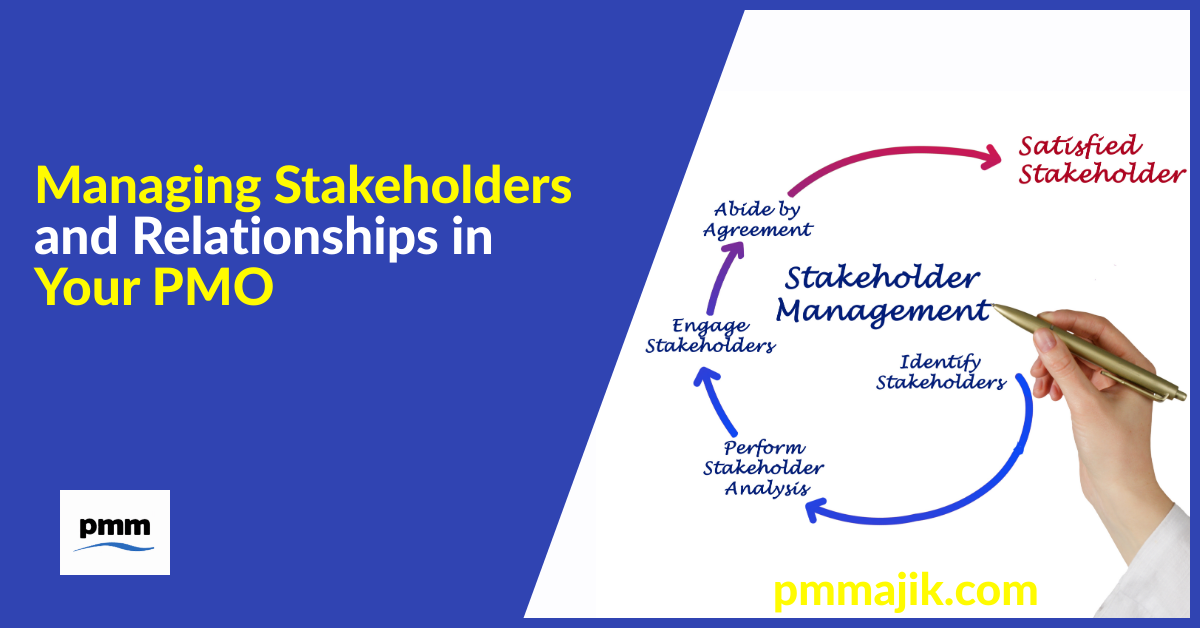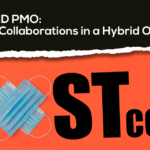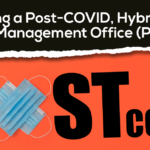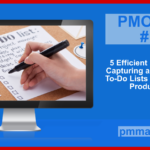An often-overlooked function of your project management office (PMO) is working effectively with the people involved in the projects you oversee. Managing stakeholders and relationships in your PMO will add value to the wider work that you do.
Your PMO is more than the technology, processes, and governance that you work on each day. Building strong relationships with the teams and people you regularly encounter can make your job easier and make your office more successful.
You’re going to need strong communication tools and skills to create constructive relationships across your PMO. To aid in the process, we’re going to look at:
- Why your PMO should be engaging stakeholders
- Which stakeholders do you need to be building relationships with
- What you can do to create lasting relationships from your PMO
What’s the value in engaging stakeholders in my PMO?
Engaging project and PMO stakeholders will make a range of tasks in your office smoother. When your PMO becomes relationship-aware, you will ensure your deliverables are more accurate.
There are a range of tasks that your PMO performs that requires action or sign-off from stakeholders. Building productive relationships can help:
- Get your budgets confirmed sooner
- Get your team secondments approved quicker
- Get your documents completed in a timely way
It’s not just about making your process work smoother across the business. The projects under your management will be less likely to fail when you are in regular contact with stakeholders who have input and receive updates on progress or challenges.
Which stakeholders should my PMO engage with?
Your office will work with plenty of people across your business and may also need to be talking to external stakeholders like clients.
In future posts, we’ll be looking at the value of different relationships and why you should work on them. Here’s an overview of each role you’ll need to have in your sights as you start your communication and engagement efforts.
- Your PMO sponsoris usually part of the executive team and needs to be engaged in your PMO activities so they can see the value you bring.
- The wider C-suite should be kept updated with your activity so that you can pull on their influence to prompt other areas causing roadblocks.
- Project managers will work closely with you and may need to do a lot of legwork for your PMO processes, so having their support and buy-in is crucial.
- Project teams need to feel like your office’s work supports rather than hinders them and also be keen to move to work in your PMO.
- Other business areas that your PMO interacts with, such as HR, finance, and even sales and service teams will appreciate knowing what your projects will deliver for them.
- Clients and external stakeholders should have a relationship manager in your business, but there will be points of contact that need to be well-managed.
How can my PMO engage with stakeholders and build relationships?
Communication is the key to working effectively with your PMO stakeholders. They all have an interest in the success of your work and can influence outcomes and your KPIs.
Some activities you can consider to establish and build relationships from your PMO include:
- Have regular communication in a format that’s accessible and targeted at the people you’re working with.
- Bring stakeholders into your decision-making process, such as risk assessments and project prioritisation.
- Define, deliver, and measure your PMO value and report it out – the value you report may be different across stakeholders.
- Encourage feedback loops with your stakeholders and be responsive to change and prepared to update activities no matter where the suggestion comes from.
- Host PMO Open Days and invite stakeholders to visit and see the work your office does and how it relates to their business area.
Managing stakeholders in your PMO
Building positive relationships from your PMO out to your stakeholders will help you deliver results. Managing stakeholders and relationships in your PMO should encourage buy-in with your actions and help your company’s leaders see how your work is driving strategy.






